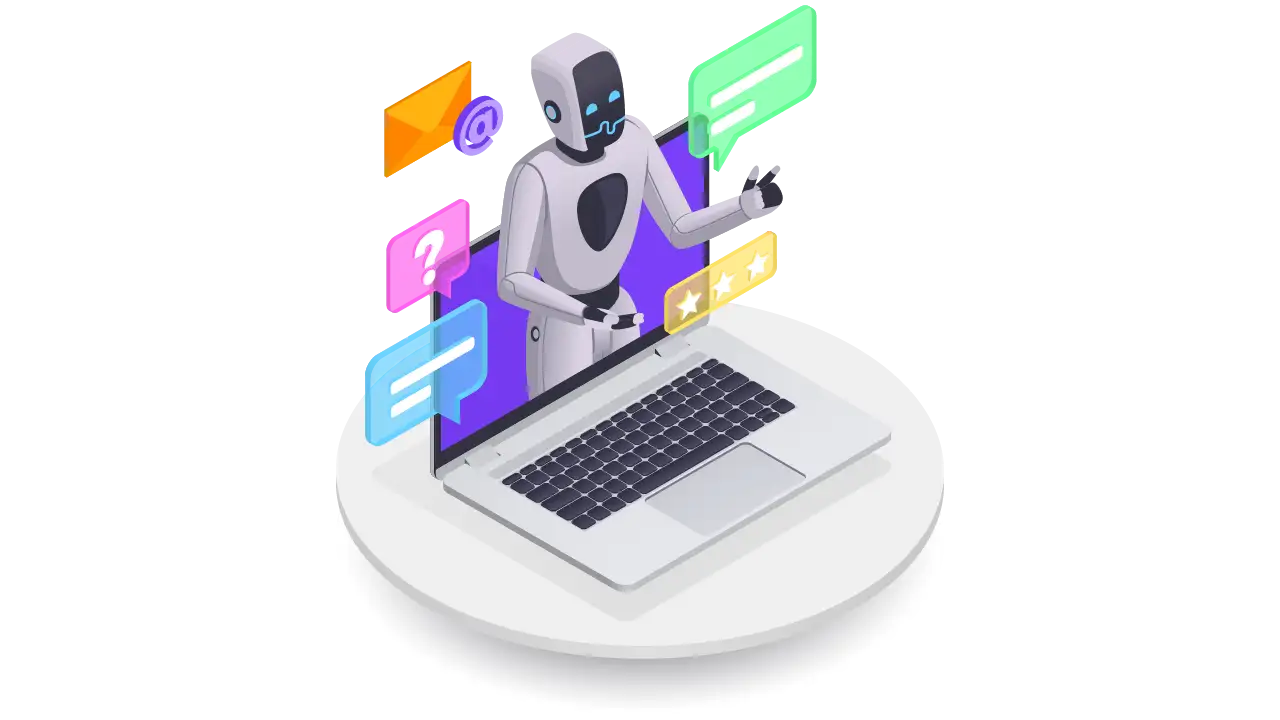


In today's rapidly evolving digital landscape, the demand for soft skills has surged. While AI and automation excel at handling tasks requiring hard skills, the nuances of human interaction, creativity, and emotional intelligence remain irreplaceable. These soft skills, often overlooked in favor of quantifiable metrics, are the cornerstone of successful organizations.
Strategic upskilling and reskilling emerge as powerful tools to enhance the existing workforce, proving more cost-effective than constant recruitment. By fostering a culture that values soft skills, organizations can create fulfilling career paths, boosting employee morale and retention.
Workhuman IQ, with its advanced natural language processing capabilities, offers invaluable insights into skill sets across teams and individuals. This data-driven approach empowers leaders to make informed decisions for talent development.
To effectively develop talent, organizations must first identify the unique skills within their teams. These may include emotional intelligence, adaptability, creativity, and communication. By understanding these strengths, HR leaders can create targeted development programs that address skill gaps and maximize potential.
Harnessing these soft skills is crucial for navigating the complexities of the modern business world. They are the catalysts for innovation, problem-solving, and building strong relationships. By investing in soft skill development, organizations can foster a culture of resilience and adaptability, enabling them to thrive in an ever-changing landscape.
Meeting the demands of the digital age requires a holistic approach to talent development. It's essential to balance the need for technical skills with the cultivation of human qualities. By implementing practical strategies, organizations can create a workforce that is both skilled and adaptable.
Convincing leadership to invest in talent development often requires a strong business case. By highlighting the potential return on investment, HR leaders can secure the necessary resources to implement effective programs.
One organization faced the challenge of high attrition rates among its top talent. To address this issue, they implemented a comprehensive talent development program focused on engagement, development, and career progression. By offering opportunities for growth and aligning individual goals with the company's strategy, they were able to retain top talent and build a high-performing workforce.
The program included a combination of classroom training, mentoring, and experiential learning. By providing employees with the skills and knowledge they needed to succeed, the organization was able to create a culture of continuous improvement and innovation.
The skills revolution demands a new approach to talent development. By prioritizing soft skills, implementing strategic initiatives, and measuring outcomes, organizations can build a workforce that is equipped to thrive in the digital age. By investing in the development of their people, organizations can unlock their full potential and achieve long-term success.

Organizations operating in distributed, high-volume, or high-variability environments, such as HR shared services...

As the digital landscape evolves, data-powered organizations are gaining a competitive edge. Data has become the new currency...

The world of work is evolving at an unprecedented pace, and outplacement and workforce transition consulting...

The workplace is rapidly evolving at an unprecedented pace. As organizations navigate a landscape increasingly influenced by artificial intelligence...

Artificial Intelligence (AI) isn’t just some sci-fi fantasy anymore—it’s really changing the way companies work today...

In today’s fast-paced business world, People Analytics is reshaping the way organizations attract, engage, and retain talent...